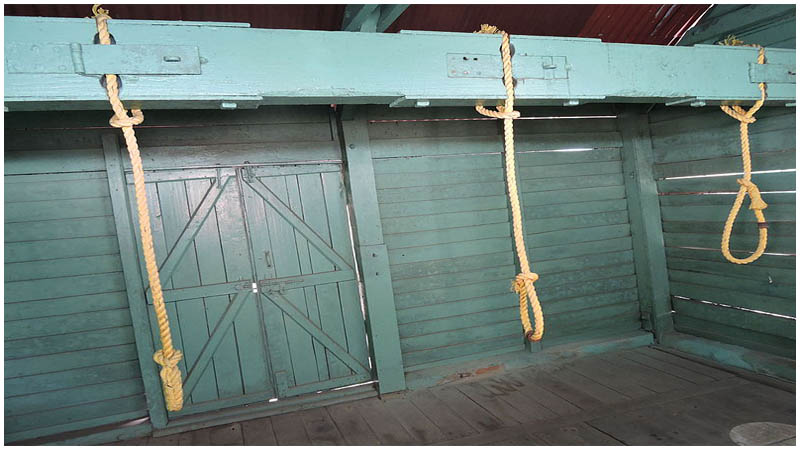For 100 years, the British East India Company was the main authority that governed over certain parts of India. It was formed as a joint-stock company, and its presence on the Indian subcontinent would change the area forever.
In 1857, the Indian people decided the rise against the company in the Indian Rebellion of 1857.
The mutiny lasted for a year and a half. As a direct result, in 1858 the British authorities took a number of prisoners to the Andaman islands – at least those who managed to survive the execution of the hundreds of people who decided to raise their voices against the British rule. This is where the story of the Cellular Jail begins, some 40 years later.
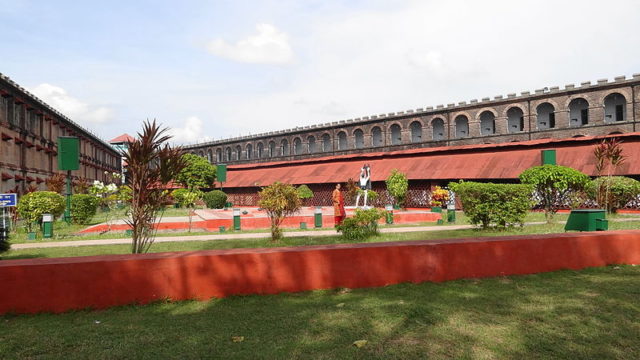
The idea for a prison to be built on the islands came as a direct result of overcrowding. At first, the population of the prison was kept in a number of open enclosures.
As time passed, the number of prisoners grew and controlling them became complicated. The need arose for solitary confinement facilities.
Two authorities charged with sorting the matter concluded a survey and found Port Blair to be the perfect location for the new prison.
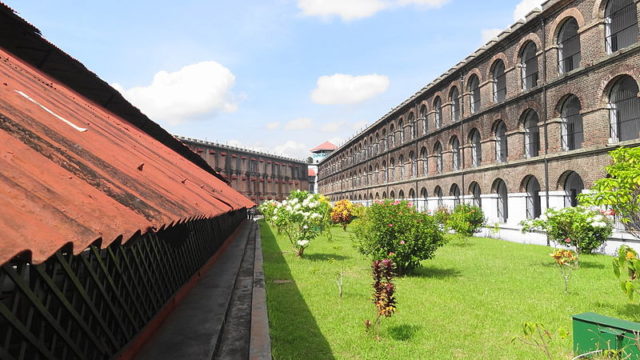
Construction began in 1893. Built on a South Andaman Island – one of the hundreds of islands that form the Union Territory of Andaman and Nicobar Islands – and separated from the main shore, this island provided the much-needed isolation the British authorities sought to achieve.
It took 12 years for the prison to be completed, using prisoners as the sole labor force. Once finished, it was quite a sight to witness; however, not so magnificent to be a part of as it became known for its strict discipline.
The high-security facility towered three stories into the air and was comprised of seven wings emanating from the central watchtower, giving it the appearance of a giant bicycle wheel.
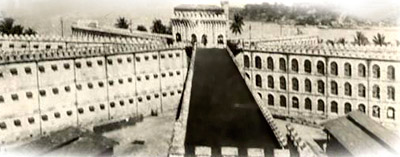
The site was constructed as a Panopticon: a modal for institutional buildings, designed by Jeremy Bentham. The central tower housed the guards, offering them a perfect view over the seven wings. If anything went outside the plan, the guards could easily activate the alarm, which was basically a large bell.
Life inside the prison was more than tough. Prisoners were forced to do hard labor for hours on end and, according to a number of testimonies, were forced to work without a drop of water under the scorching sun to achieve their daily quota.
Those that succumbed under these conditions were punished even more – as if working without a break wasn’t a punishment by itself. Furthermore, the testimonies report that even using the bathroom was considered a luxury and a guard had to allow it. Needless to say, the guards waited for hours before allowing a prisoner a bathroom break.
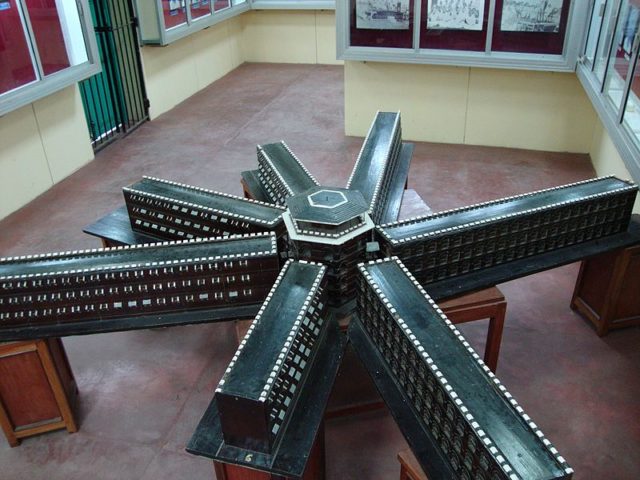
Life inside the Cellular Prison was lonely. Each prisoner had their own cell and their own set of tasks that were purposefully designed to take more time than the deadline provided. The prisoners wore raggedy uniforms as well as neck shackles and leg chains.
Conditions were so bad that the facility received the moniker of Kala Pani: Black Waters. As a result, the prisoners often went on hunger strikes, the most notable of which took place in 1937. The inmates refused to take food for 45 days. With the help of Mahatma Gandhi, they were convinced to stop the strike.
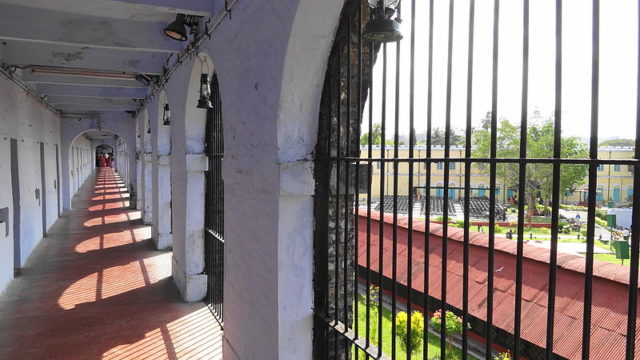
Things took a different turn when Japan took control of the islands and filled the jail with British prisoners, making them experience their own invention. Once the Second World War had come to an end, the British regained their control over the islands.
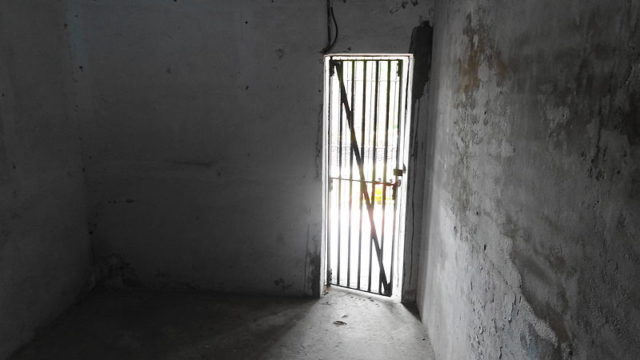
Today, the prison – or what remains of it, as a large part was demolished when India became independent – serves as a National Memorial.
